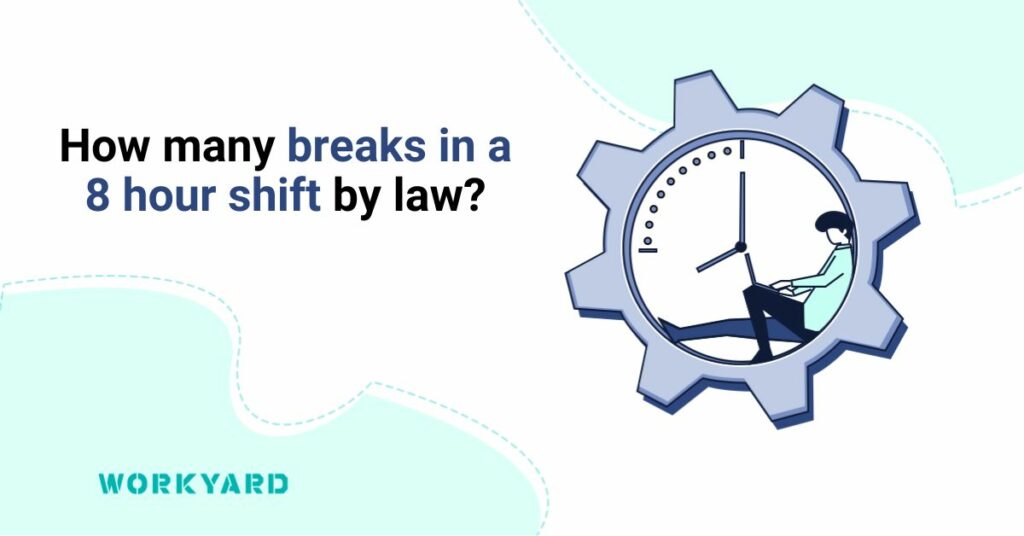In many jurisdictions, labor laws mandate at least one 30-minute meal break for employees working an 8-hour shift. This break is typically unpaid, and employees are often relieved of all work duties during this time. It serves as an opportunity for individuals to rest, eat, and recharge.
Additionally, employees are often entitled to shorter rest breaks during an 8-hour shift. Commonly, two 10-15 minute breaks are required, allowing workers a brief pause to relax and rejuvenate. Unlike meal breaks, these rest breaks are typically paid.
It’s crucial to note that the specifics of break requirements vary by jurisdiction. Some regions may have additional or more stringent regulations, while others may have different standards. Employers must familiarize themselves with the labor laws applicable in their location to ensure compliance.
Certain industries or job roles may have exemptions or variations in break requirements. For example, healthcare professionals, emergency responders, or roles with continuous operations may have different break structures to accommodate the nature of their work.
Best Practices for Employers
- Clear Policies: Employers should establish and communicate clear break policies to employees, detailing the timing, duration, and conditions of breaks.
- Scheduling Compliance: Shift schedules should be designed to accommodate required breaks, preventing scheduling practices that infringe upon employees’ rights.
Understanding the legal requirements for breaks during an 8-hour shift is crucial for fostering a healthy and productive workplace. Employers and employees alike benefit from compliance with labor laws, as it promotes employee well-being, job satisfaction, and overall workplace harmony.
By adhering to legal standards and implementing best practices, employers contribute to a work culture that values the importance of breaks in sustaining an efficient workforce.

